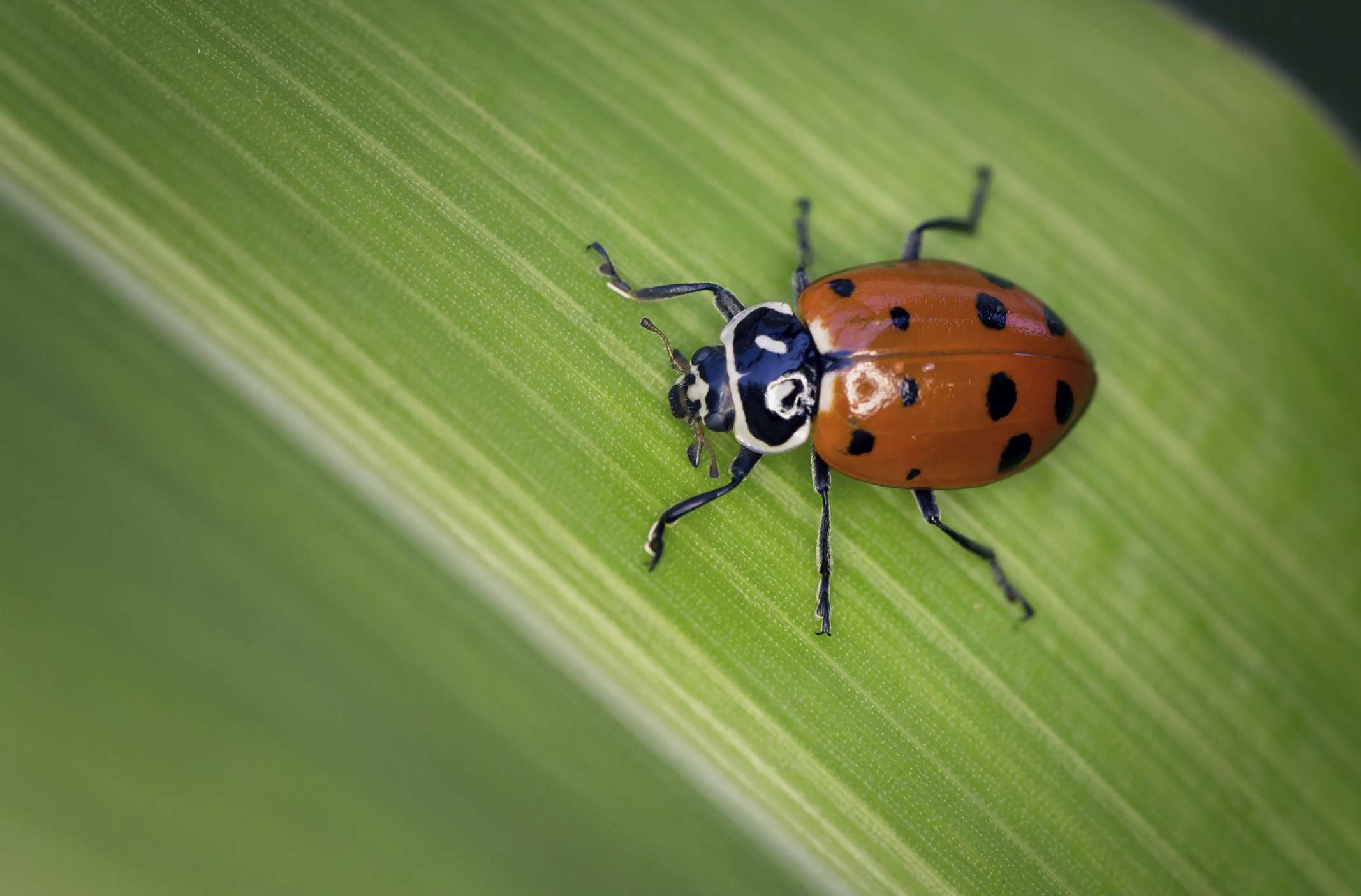The Deadliest Mistake for Ladybugs—and the Expert's Fix

Understanding Ladybugs and Their Role in Pest Control
Ladybugs, more accurately referred to as lady beetles, are a beloved presence in gardens due to their vibrant colors and essential role in maintaining ecological balance. These small insects play a crucial part in pollination and are especially valued for their ability to consume large numbers of pests such as aphids. However, many gardeners may not be aware of the complexities involved in using ladybugs for pest control.
The Expert Insight: Laura Matter
Laura Matter, a horticulturist and director of the natural yard care program at Tilth Alliance in Seattle, Washington, is a leading voice in the field of integrated pest management. With expertise in pollinator gardening and sustainable practices, she emphasizes the importance of understanding the behavior and needs of lady beetles before attempting to introduce them into a garden environment.
The Diversity of Lady Beetles
There are approximately 400 species of lady beetles found in the United States, including both native and introduced varieties. Among these, the convergent lady beetle (Hippodamia convergens) is one of the most commonly used for pest control. This species is known for its voracious appetite for plant pests, making it an effective first line of defense against aphids and other harmful insects.
A single adult lady beetle can consume up to 5,000 aphids during its lifetime, which typically lasts about a year. These beetles also feed on mites, whiteflies, and scale insects, further enhancing their value in a garden ecosystem.
The Life Cycle of Lady Beetles
The life cycle of lady beetles begins with eggs laid in clusters on the underside of leaves near a food source. After about ten days, the eggs hatch into larvae, which have an alligator-shaped body and are typically black and orange. These larvae are quick and agile, often scaring people with their appearance. However, they begin feeding on aphids immediately, preparing for pupation in three to four weeks. The larvae then transform into the familiar hard-shelled beetles within two weeks.
The Limitations of Purchasing Ladybugs
Despite their benefits, purchasing ladybugs from nurseries may not always yield the desired results. Lady beetles are naturally programmed to fly and search for food upon waking from hibernation. When purchased, they often lack the necessary conditions to stay in place, with only about 5% remaining after 48 hours. To make a significant impact on aphid populations, a large number of ladybugs would need to be released, often requiring multiple applications over time.
Additionally, there are environmental and ethical concerns associated with buying ladybugs. Many are harvested from wild populations, which can deplete local numbers and introduce potential pests or diseases into new ecosystems. The transportation and handling of live ladybugs can also weaken them, reducing their effectiveness in pest control.
Naturally Attracting Ladybugs to Your Garden
Instead of relying on purchased ladybugs, gardeners can take steps to attract them naturally by creating a welcoming environment. Planting a variety of flowers that provide nectar and pollen can encourage ladybugs to reside in the garden. Flat flowers from the daisy family, such as sunflowers, asters, and zinnias, as well as umbrella-shaped flowers from the carrot family like dill, fennel, and carrots, are particularly appealing.
Ladybugs also appreciate plants with lush leaf surfaces for shelter, such as mint, sage, bee balm, and rosemary. Recognizing the eggs and larvae of ladybugs is essential for maintaining their populations, as removing them while managing aphids could disrupt the natural balance.
Identifying Ladybug Stages
Ladybugs can be observed throughout the warm seasons, with multiple generations appearing in different stages. They typically hibernate during winter in lower mountain elevations, emerging in spring as adults. Gardeners should look for signs of ladybug activity year-round, as their presence indicates a healthy garden ecosystem.
Managing Aphid Infestations
If faced with an aphid infestation, careful observation of plants and garden inhabitants is key. Unusual ant activity on plants can indicate the presence of aphids, as ants are attracted to the sugary secretions they produce. Aphids come in various colors and tend to cluster on stems, often starting from the top of new growth.
If a swollen, tan aphid body is spotted, it may signal the presence of beneficial parasitic wasps, which can help control aphid populations without human intervention. Before taking action, checking for ladybug or other beneficial insect eggs is advisable.
Effective Aphid Control Methods
For minor infestations, manually squishing aphids or using a strong water spray can be effective. For more severe cases, a soapy water solution applied with a toothbrush or spray bottle can be used, but care must be taken to avoid harming beneficial insects like bees and lady beetles. Spraying during late evening, when pollinators are less active, is the safest approach.
By understanding the role of ladybugs and implementing natural strategies, gardeners can create a balanced ecosystem that supports both plant health and biodiversity.
Post a Comment for "The Deadliest Mistake for Ladybugs—and the Expert's Fix"
Post a Comment